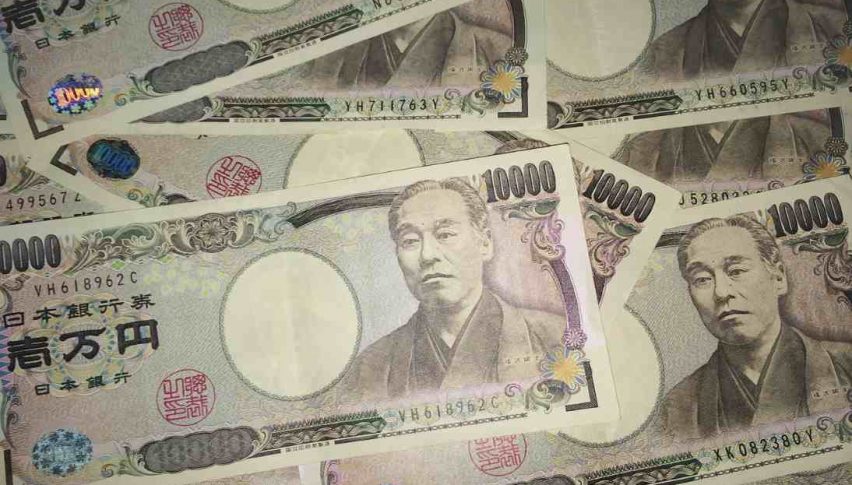MAs Keeping USDJPY Bullish After Japan Cash Earnings
The USD to JPY rate's gradual rise, surpassing the 155 mark yesterday, suggests further uptrend for the US dollar against the Japanese yen.

The USD to JPY rate’s gradual rise, surpassing the 155 mark yesterday, suggests further uptrend for the US dollar against the Japanese yen. Last night the Average Cash Earnings were released from Japan which were expected to tick higher to 1.5% in March, after the Average Cash Earnings for February were revised lower from 2.8% to 2.4%.

The bullish price action since Friday follows a temporary 10 cent dive lower, which triggered by interventions from both the Bank of Japan (BOJ) and the Federal Open Market Committee (FOMC) meeting last week. The buying momentum has been steady, with the 20 SMA (gray) acting as support on the H1 chart, which shows that the buying pressure is strong.
USD/JPY Chart H1 – The 20 SMA Continues to Provide Support
Despite today’s Average Cash Earnings and the recent release of the BOJ meeting minutes, which had no discernible impact on market sentiment, it seems the prevailing expectation is that the BOJ will maintain its current policies without making significant changes in the near future. This stability in monetary policy expectations has contributed to the resumption of the USD/Yen rate’s upward trajectory, while the interventions in this pair will be bought again anyway.
Japan Average Cash Earnings for March
Real Wages: Real wages have experienced a significant decline, down by 2.5% year-on-year in March. This marks a continued decrease for 24 consecutive months, indicating persistent challenges in maintaining purchasing power for workers.
- Total Cash Earnings: Total cash earnings saw only a modest increase of 0.6% year-on-year in March. This growth was below expectations, as analysts had anticipated a rise of 1.5%. Moreover, it represents a slowdown compared to the previous year, where there was a 1.8% increase in total cash earnings.
- Overtime Pay: Overtime pay also declined, down by 1.5% year-on-year. This decrease adds to the overall downward pressure on real wages, contributing to the negative trend observed.
This morning’s data indicated a concerning trend in real wages. In March, real wages were down by 2.5% year-on-year, marking a decline for the 24th consecutive month. This indicates a prolonged period of decreased purchasing power for workers. The total cash earnings showed a modest increase of 0.6% year-on-year, falling short of expectations which were anticipated at 1.5%.
The prior figure stood at 1.8%, suggesting a slowdown in earnings growth. Additionally, overtime pay experienced a decline of 1.5% year-on-year, further contributing to the overall decrease in real wages. These figures underscore the challenges facing workers in maintaining their standard of living amid stagnant or declining real wages.
The Bank of Japan’s anticipation of a wage-price inflation spiral suggests they are closely monitoring developments in wages and prices. As wages are a key component of inflationary pressures, an increase in pay could potentially stimulate consumer spending and contribute to overall inflation.
USD/JPY Live Chart
- Check out our free forex signals
- Follow the top economic events on FX Leaders economic calendar
- Trade better, discover more Forex Trading Strategies
- Open a FREE Trading Account




